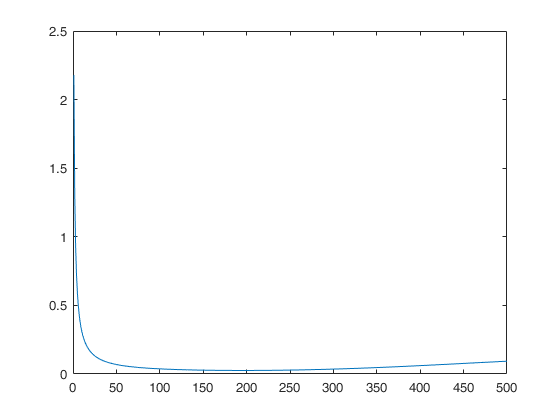OptimalCuttingFrequency
OptimalCuttingFrequency computes the optimal cutting frequency for the Fourier estimator of integrated variance
Syntax
Nopt=OptimalCuttingFrequency(x,t)example
Description
OptimalCuttingFrequency computes the optimal cutting frequency for running the Fourier estimator of the integrated variance on noisy timeseries data.
Examples
Input Arguments
Output Arguments
More About
References
Mancino, M.E., Recchioni, M.C., Sanfelici, S. (2017), Fourier-Malliavin Volatility Estimation. Theory and Practice, "Springer Briefs in Quantitative Finance", Springer.
Sanfelici, S., Toscano, G. (2024), The Fourier-Malliavin Volatility (FMVol) MATLAB toolbox, available on ArXiv.


 Computation of the optimal cutting frequency for estimating the integrated variance from a
vector x of noisy observations of a univariate diffusion process.
Computation of the optimal cutting frequency for estimating the integrated variance from a
vector x of noisy observations of a univariate diffusion process.